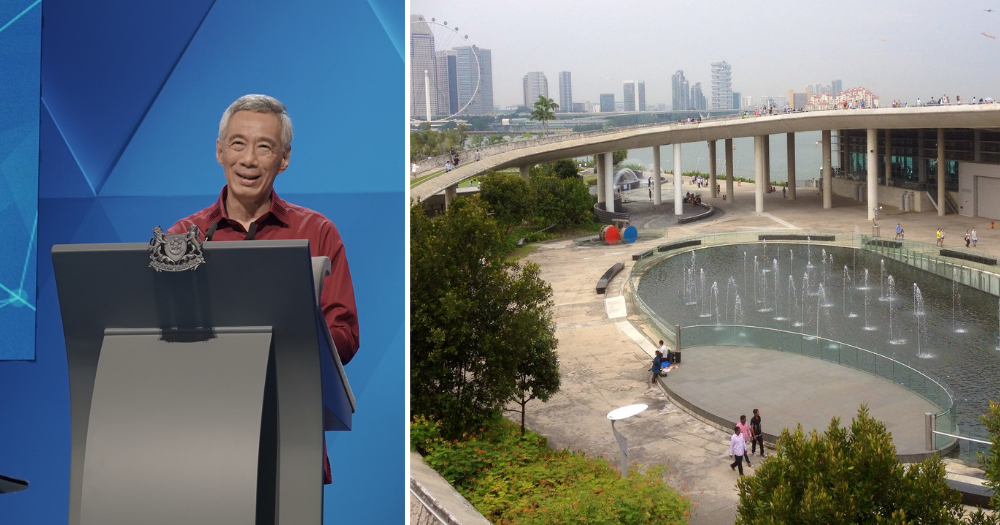Climate change is a hot topic this year, no pun intended.
With temperatures rising and vegetation fires sparking, Singaporeans are starting to feel the heat.
Singapore particularly at risk
The climate change crisis was one of the three big themes Prime Minister Lee Hsien Loong touched on in his English speech at the National Day Rally 2019.
Identifying it as "one of the gravest challenges facing humankind", the prime minister addressed the woes associated with this global threat.
He pointed out that Singapore, a low-lying country with 30 per cent of its land five metres below the mean sea level, rising sea levels pose the greatest risk to the tiny island.
Video courtesy of Ministry of Communications and Information
Three things Singapore can do in the face of climate change
PM Lee suggested three ways Singapore can cope with the ongoing climate crisis:
- Understand climate change
- Mitigate climate change
- Adapt to climate change
1. Understanding through research
To better comprehend the unpredictable changes in the climate and weather, PM Lee stated that the government had set up a Centre for Climate Research Singapore (CCRS).
Established in 2013, the CCRS seeks to understand how climate change and its associated weather systems will affect the Singapore and the wider region.
PM Lee shared that the centre's team of scientists and meteorologists have studied records that go back more than a century.
They discovered that due to Singapore's proximity to the equator, the country is more vulnerable to climate change than the global model suggests.
2. Mitigation through policies
The government is also committed to reducing carbon emissions to combat climate change.
Singapore is part of the Paris Climate Agreement, an international agreement aiming to limit global temperature increase.
It came into force in 2016 and has since been ratified by 195 countries.
Singapore is party to the agreement, and has committed to reducing carbon emissions intensity by 36 per cent from 2005 levels, and stabilise emissions by 2030 with the aim of peaking around 2030.
To help achieve this, the government introduced a carbon tax on 30 to 40 of the biggest local carbon emitters. They are taxed at S$5 per tonne of greenhouse gases emitted, till 2023. Beyond 2023, the tax will be increased to S$10 or S$15 per tonne.
PM Lee also emphasised the need for individual action.
Referencing the 3Rs, he urged Singaporeans to try reducing waste and electricity usage.
He also encouraged reusing and recycling, citing the example of Repair Kopitiam.
Started by social enterprise Sustainable Living Lab, it is an initiative with meet-ups every month where volunteers help repair faulty appliances, clothes, or home furniture for free.
3. Adapting through infrastructure
However, "A global solution [to climate change] is still far off," PM Lee said.
In order to "work for the best, but be prepared for the worst," Singapore must adapt to changes like rising sea levels.
Localised measures to protect buildings and new developments are already underway.
MRT entrances are elevated to protect against floods. Commuters might have noticed that they usually have to climb a set of stairs before taking the escalator down.
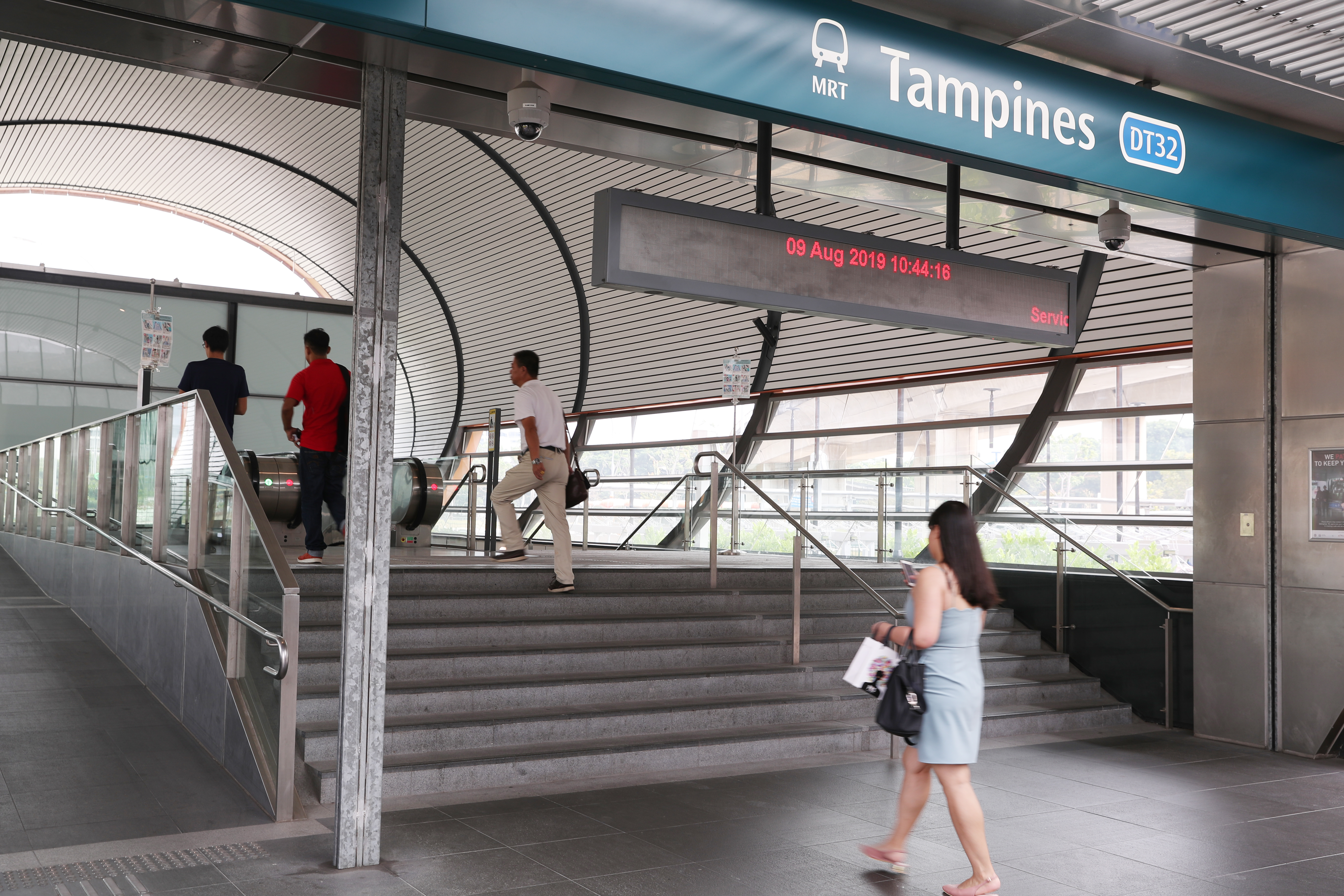 Photo courtesy of Ministry of Communications and Information
Photo courtesy of Ministry of Communications and Information
Additionally, new buildings are built at least four metres above mean sea level while critical infrastructure such as Changi Airport Terminal 5 and Tuas Port are built five metres above.
However, retrofitting older infrastructure in Singapore to cope with changes in climate will be tough.
Furthermore, large portions of Singapore are low-lying, and rising sea levels could threaten those areas too.
Thus, more than just localised measures need to be undertaken.
To protect the city as a whole, the country's coastal defences need improvement.
Fighting the tide
To do this, PUB has planned for the construction of a new pump house opposite Marina Barrage.
Like the barrage, the pump houses help to prevent flooding in low-lying city areas by pumping excess water out of Marina reservoir and into the sea during heavy rains or high tides.
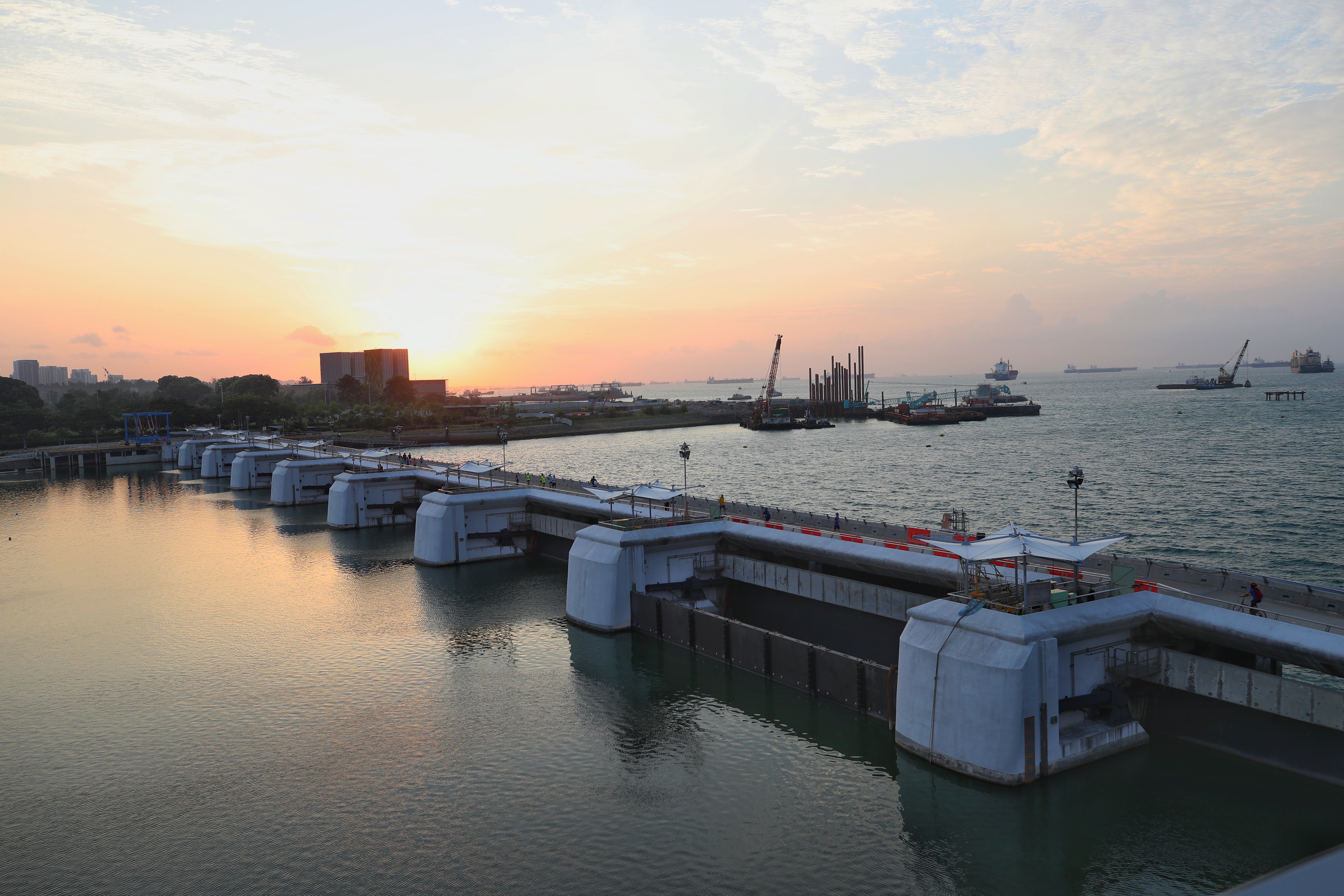 Photo courtesy of Ministry of Communications and Information
Photo courtesy of Ministry of Communications and Information
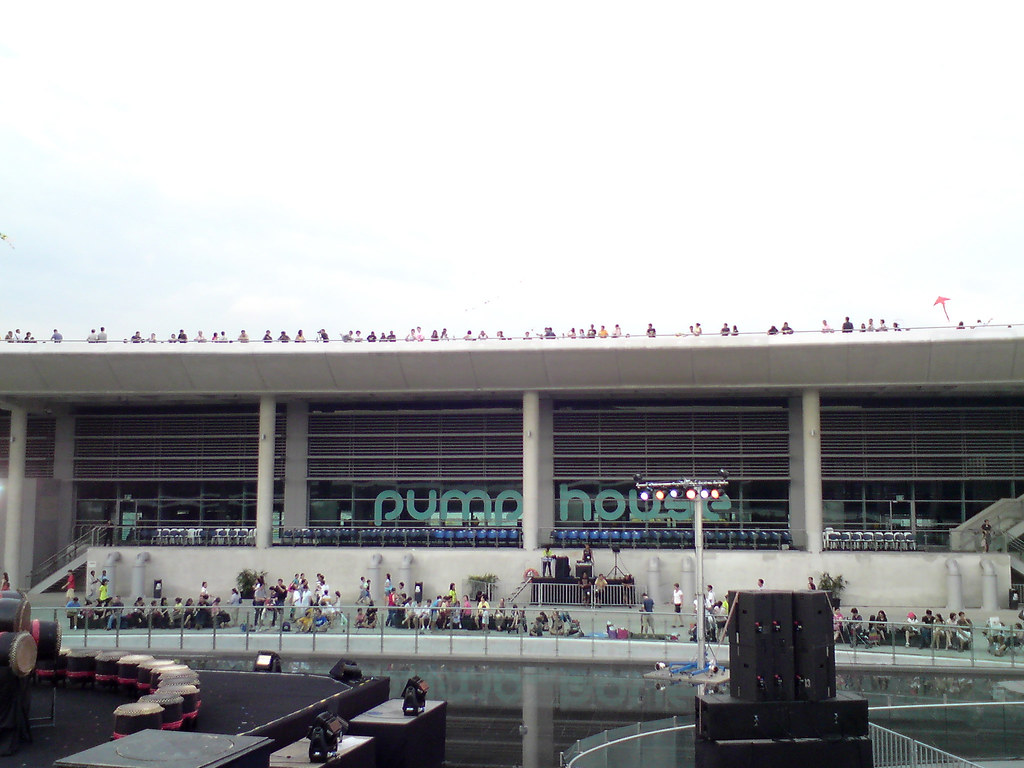 Photo by Chinnian / Flickr
Photo by Chinnian / Flickr
The government is currently looking into developing a small polder at Pulau Tekong first, to be completed by 2022.
Polders, said PM Lee, "are a serious option for us".
The method, a Dutch concept called empoldering, involves building a dyke (or wall) in the sea, before pumping water out from behind the dyke to create a tract of low-lying land.
These polders will not only protect existing low-lying areas, but allow the government to reclaim new land from the sea which can be used for housing and other purposes.
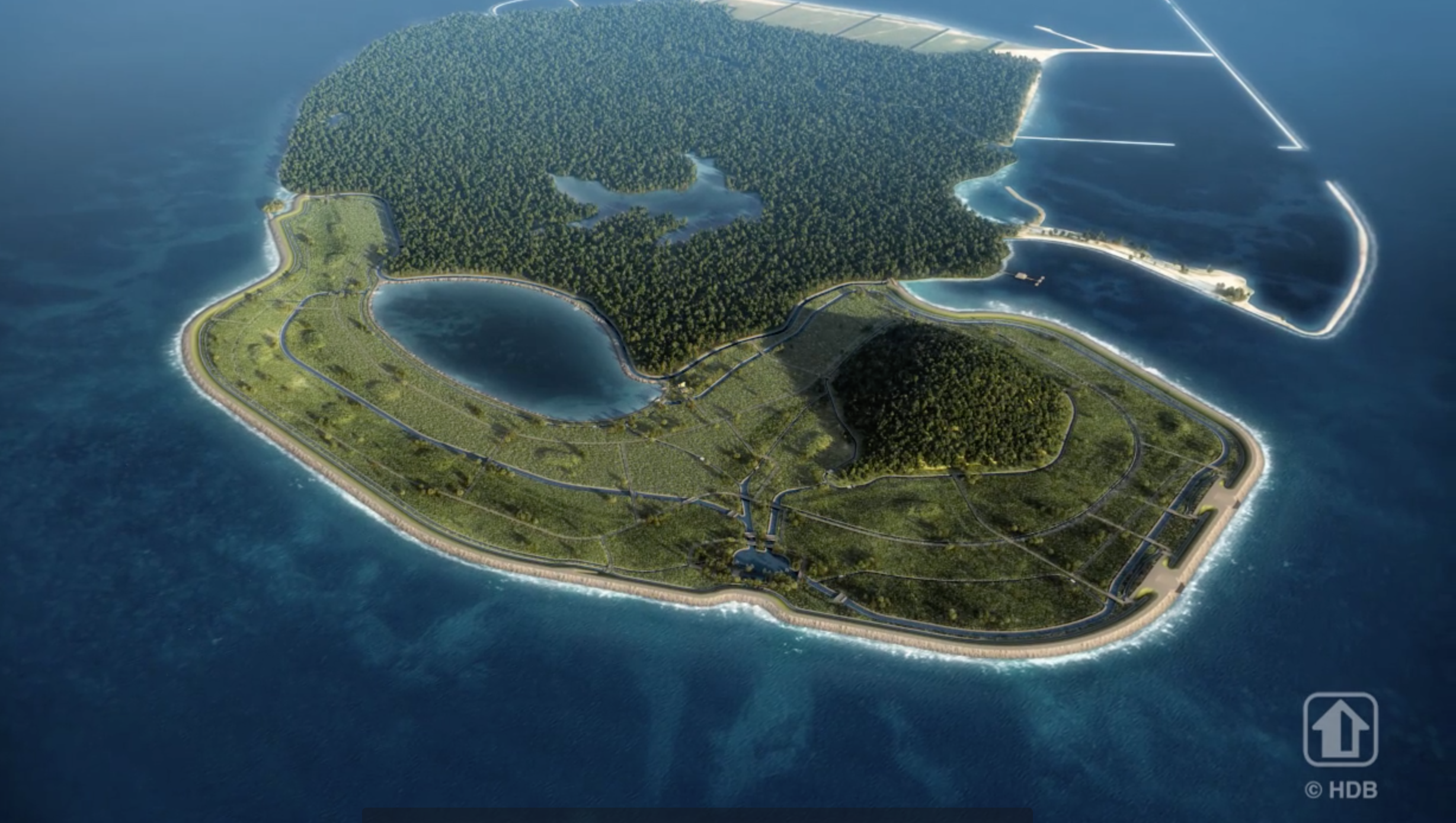 A visual impression of the polder at Pulau Tekong. Screenshot from Housing & Development Board / FB
A visual impression of the polder at Pulau Tekong. Screenshot from Housing & Development Board / FB
Should the Tekong project succeed, the government will consider implementing polders at a long low-lying stretch extending from the city area to the East Coast.
Another alternative, PM Lee shared, was to reclaim a series of offshore islands from Marina East to Changi and connect them up with barrages. This would create an enclosed freshwater reservoir, similar to the Marine reservoir.
Costly affair
Coping with climate change ,however, is a costly affair.
PM Lee revealed that these engineering solutions implemented to counter rising sea levels will cost a whopping S$100 billion or more.
Singapore though, has the wherewithal to invest in and implement long-term solutions for a long-term threat like climate change.
"If we only have 10 years to solve the problem, we won't have enough time or resources to do it. But because this is a 50 to 100-year problem, we can implement a 50 to 100-year solution."
Top photo by Zenn Tan and Jimmy Tan / Flickr
If you like what you read, follow us on Facebook, Instagram, Twitter and Telegram to get the latest updates.
